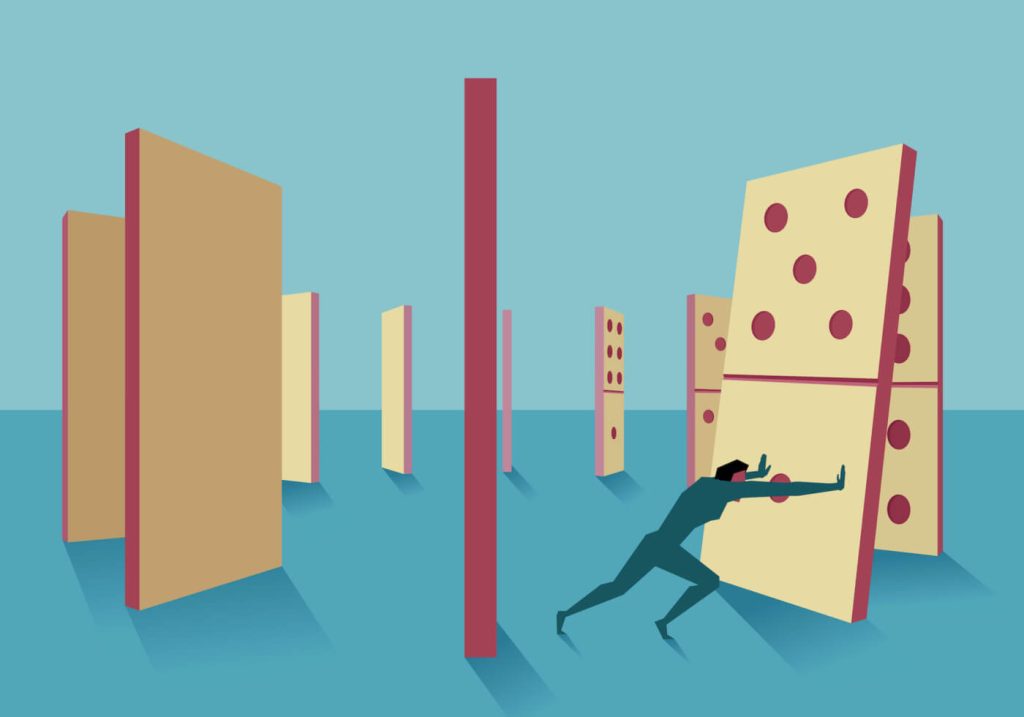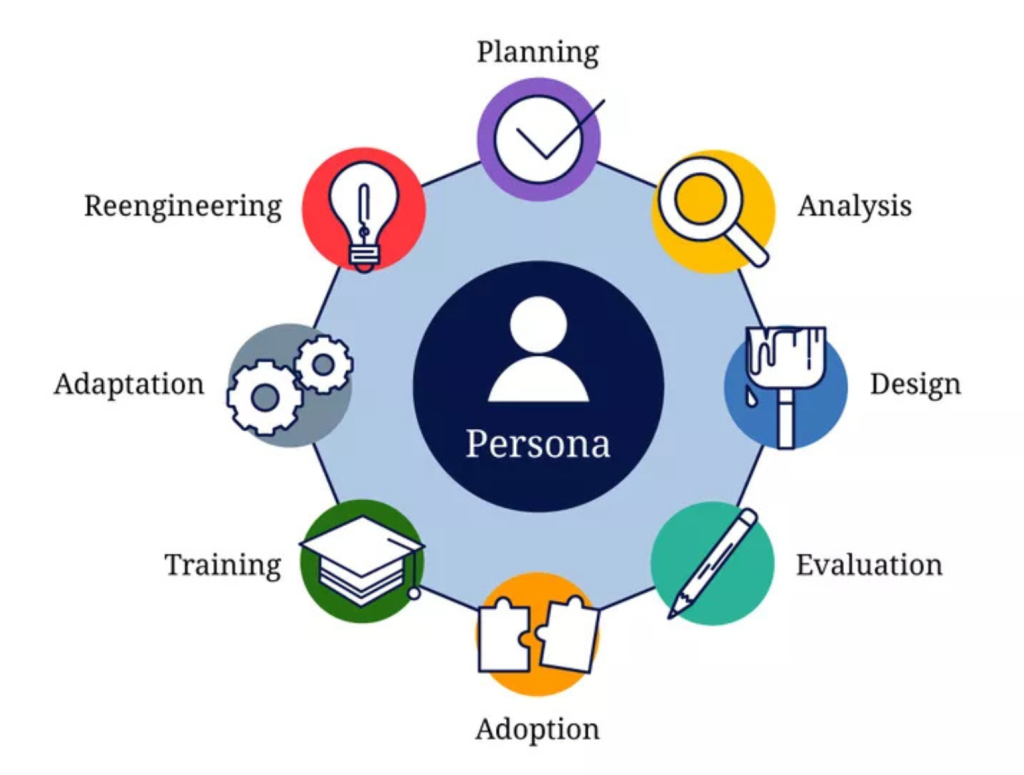Intro to User-Centered Design in Web Design
Have you ever heard about the man who accidentally bought 60 pairs of reading glasses because he couldn’t see the quantities on the screen? In today’s digital world, creating a website that users enjoy and can easily navigate is essential to its success. With user expectations constantly rising and the digital space becoming more competitive, understanding how to prioritize user needs over technical aesthetics has never been more crucial. User-centered design in web design is a framework that puts the end-user at the center of the design process, ensuring that the website is intuitive, accessible, and engaging. In this blog, we will explore the importance of user-centered design in web design, its benefits, and how it helps create a better user experience.
Understanding User-Centered Design
The 3 Key Principles of User-Centered Design
Adhering to user-centered design in web design helps safeguard your projects from unintentional bias and a lack of understanding of user needs. Here are the three key principles that form the core of the UCD process.
The heart of UCD lies in the ability to truly see things through the eyes of the user. It’s all about stepping into their shoes and understanding what they want, what they need, what challenges they face, and what makes them tick. When you design with empathy, you’re not just creating for a group of people; you’re creating with them. For example, let’s take the experience of older adults navigating a website. Instead of sticking to the usual, you might bump up the font size, simplify the design, and make every click easier—bigger buttons, clearer forms, and bold calls to action. It’s these thoughtful tweaks that not only make the site accessible but also truly user-friendly, putting people’s needs first. Now that’s design with purpose!
Your website and products will be used by a diverse mix of people with varying skills, ideas, and habits. Relying solely on gut feelings or assumptions about what works can lead to designs that miss the mark. That’s why data-driven decisions are a game changer in user-centered design.
By tapping into website analytics tools and running A/B tests, you can gather real insights into how users behave on your site. You can even watch recordings of users interacting with it in real time! This data isn’t just numbers on a screen—it’s the key to identifying pain points and refining your design so it feels intuitive and inviting to everyone.
Good designs always consider the user at some point. This could mean using market research, testing the design before it’s launched, or releasing a simple version of the product and improving it based on feedback. User-centered design (UCD) makes sure the user is part of the process every step of the way.
To include users in designing a website, you can create small cycles of designing, building, and testing. This way, you get feedback from users often and can make changes to improve the design with each new version.
Benefits of User-Centered Design in Web Design
There are endless benefits of user-centered design in web design. Below are the top 5 benefits of user-centered design in web design in my personal opinion. Hover over each flipcard to view more details.
Better User Experience
Increased Satisfaction
Fewer Mistakes
Increased Trust
Better Results
Challenges of User-Centered Design in Web Design
User-centered design has some challenges, like taking a lot of time because you need to test and make changes based on user feedback. It can be hard to balance what different users want, and testing can be expensive and takes resources. Sometimes, users might change their opinions, making it tricky to know what to focus on. Also, it’s tough to predict what users will need in the future, especially since their needs can change over time. Despite these challenges, user-centered design helps create better products that are easier and more enjoyable to use.

Key Takeaways
- User-centered design in web design focuses on putting the end-user at the center of the design process to ensure websites are intuitive, accessible, and engaging.
- Empathy and user understanding are crucial: designers must step into users’ shoes to create experiences that meet their needs, such as simplifying designs for older adults.
- Data-driven decisions improve design effectiveness by using website analytics and A/B tests to understand user behavior and refine the website.
- User involvement throughout the entire design process ensures continuous feedback, allowing for iterative improvements.
- Benefits of User-centered design in web design:
- Improved user experience by making websites easy to navigate.
- Increased user satisfaction through addressing their needs and solving pain points.
- Fewer mistakes by catching issues early with user testing and feedback.
- Greater trust from users when websites are intuitive and dependable.
- Better results, such as higher engagement or conversions, due to a design that aligns with user expectations.
- Challenges: UCD can be time-consuming, expensive, and may require balancing diverse user needs. It can also be hard to predict future user demands. Despite these challenges, UCD creates more user-friendly products.
Conclusion
In conclusion, User-Centered Design is all about creating websites that are easy to use and meet the needs of the people who visit them. By understanding users, using data to make decisions, and involving users throughout the design process, designers can create better, more enjoyable experiences. While it can take time and resources, the benefits of UCD, such as better user satisfaction, trust, and results, make it well worth the effort. Ultimately, designers should put users first to help create websites that are both useful and easy to navigate for users.

